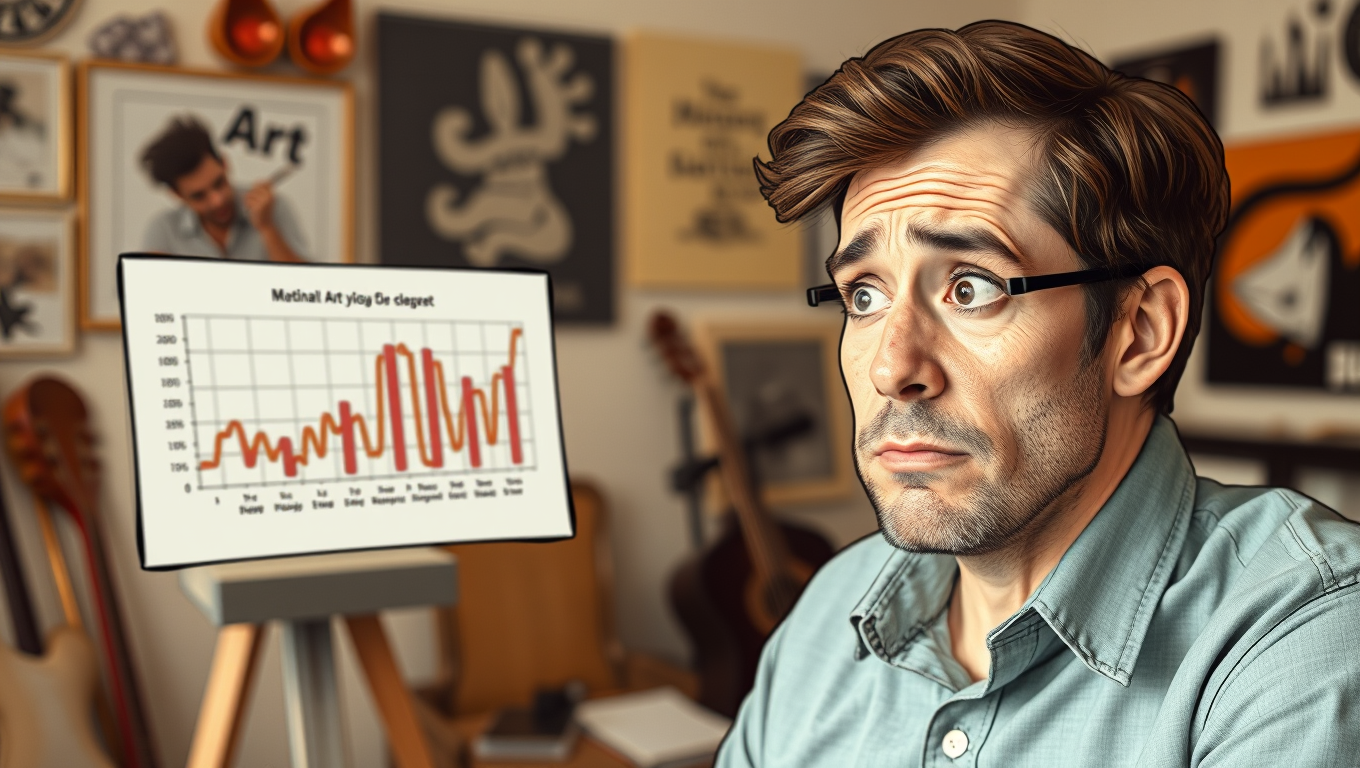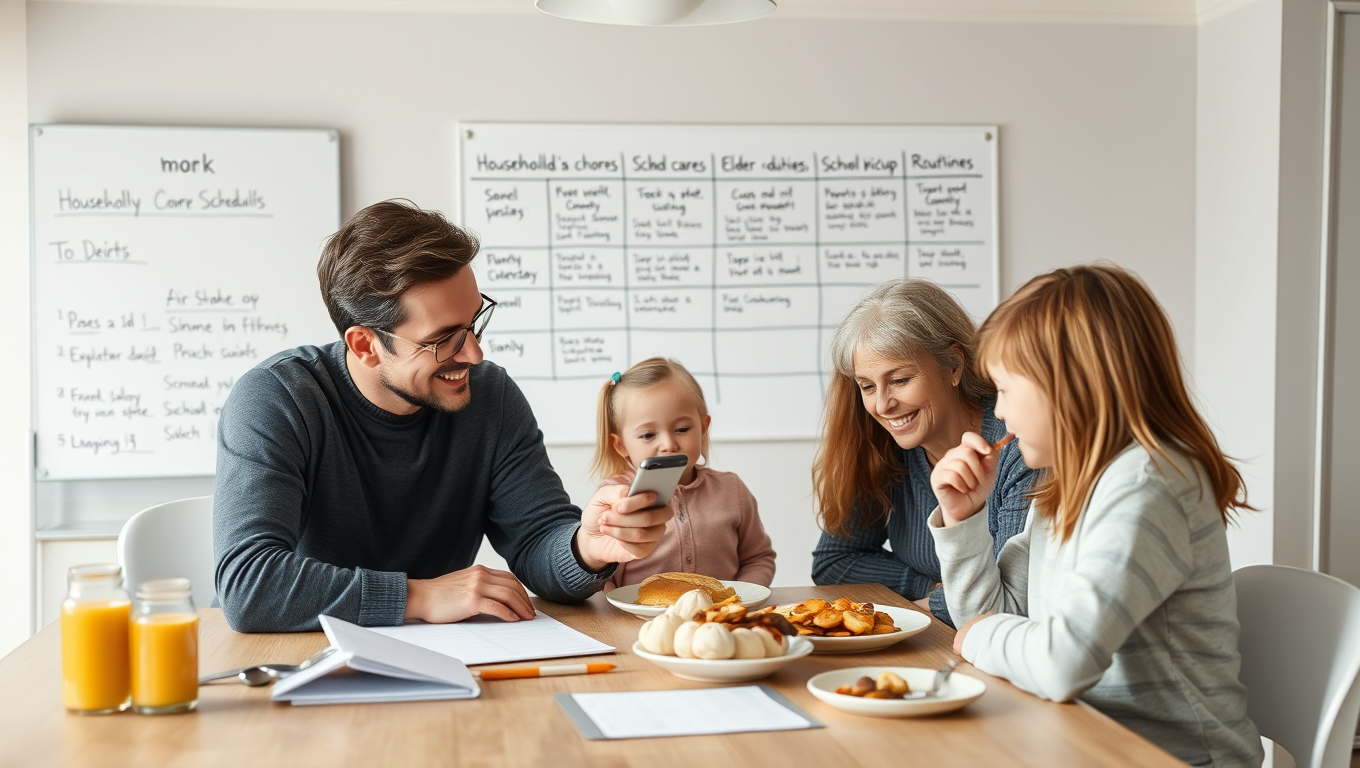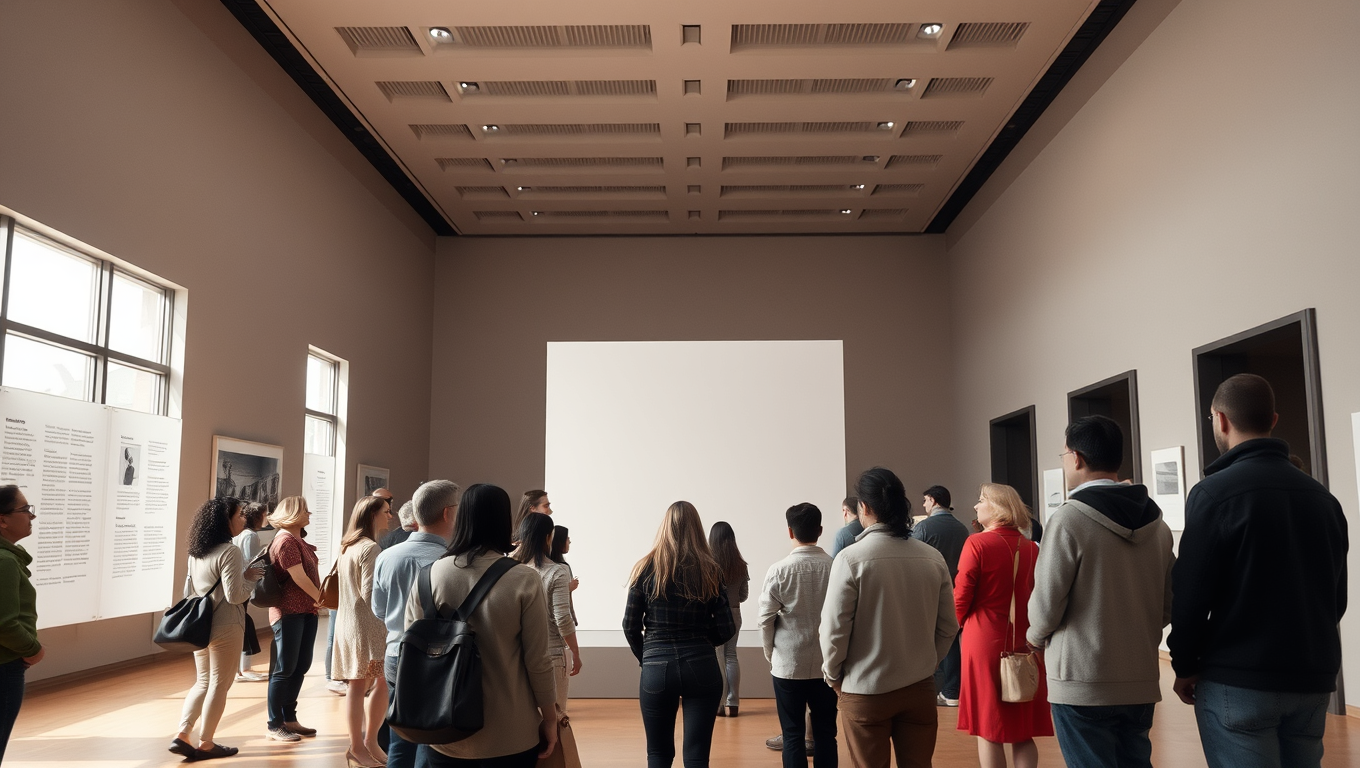While we try to keep things accurate, this content is part of an ongoing experiment and may not always be reliable.
Please double-check important details — we’re not responsible for how the information is used.
Creativity
Debunking a Long-Standing Myth: Left-Handedness and Creativity Not Linked
A sweeping review of more than a century’s research upends the popular notion that left-handers are naturally more creative. Cornell psychologist Daniel Casasanto’s team sifted nearly a thousand studies, ultimately finding no consistent advantage for lefties on standard divergent-thinking tests—and even a slight edge for right-handers in some. The myth appears to thrive on coincidence: left-handedness is rare and so is creative genius, plus lefties’ overrepresentation in art and music gets cherry-picked while other professions are ignored.

Child Development
“When Home Life Meets Work Performance: How Proactive Family Routines Boost Productivity”
A new study shows that people who proactively reorganise their family routines — such as adjusting childcare schedules or redistributing domestic responsibilities — are more likely to demonstrate adaptability and innovation at work.
Brain Injury
“Resonating with Sound: Study Suggests Our Brains Physically Respond to Music”
Psychologists suggest our brains and bodies don’t just understand music, they physically resonate with it. These discoveries, based on findings in neuroscience, music, and psychology, support Neural Resonance Theory (NRT).
Arts and Culture
The Power of Art: How Viewing Visual Masterpieces Can Boost Wellbeing and Promote Meaning in Life
The simple act of looking at a piece of visual art can boost your wellbeing, a new research study has found, and this benefit can be gained in a hospital setting as well as an art gallery.
-

 Detectors9 months ago
Detectors9 months agoA New Horizon for Vision: How Gold Nanoparticles May Restore People’s Sight
-

 Earth & Climate10 months ago
Earth & Climate10 months agoRetiring Abroad Can Be Lonely Business
-

 Cancer10 months ago
Cancer10 months agoRevolutionizing Quantum Communication: Direct Connections Between Multiple Processors
-

 Albert Einstein10 months ago
Albert Einstein10 months agoHarnessing Water Waves: A Breakthrough in Controlling Floating Objects
-

 Chemistry10 months ago
Chemistry10 months ago“Unveiling Hidden Patterns: A New Twist on Interference Phenomena”
-

 Earth & Climate10 months ago
Earth & Climate10 months agoHousehold Electricity Three Times More Expensive Than Upcoming ‘Eco-Friendly’ Aviation E-Fuels, Study Reveals
-

 Agriculture and Food10 months ago
Agriculture and Food10 months ago“A Sustainable Solution: Researchers Create Hybrid Cheese with 25% Pea Protein”
-

 Diseases and Conditions10 months ago
Diseases and Conditions10 months agoReducing Falls Among Elderly Women with Polypharmacy through Exercise Intervention





























